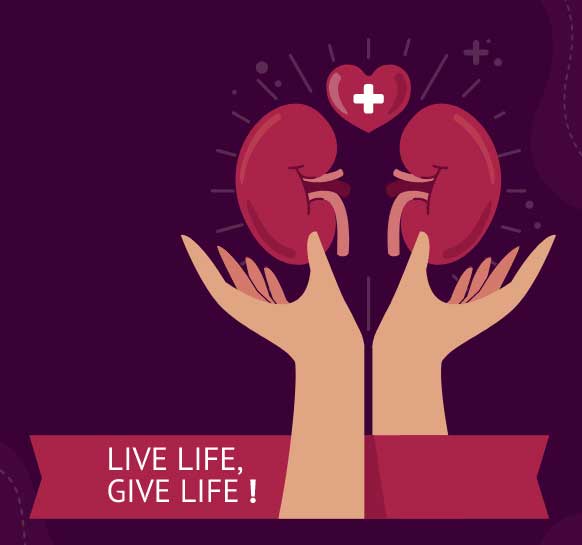To be considered a living donor you must be:
- In good physical and mental health
- Over 18 years old
Having a health condition can cause harm to the recipient so it is important that you be completely honest about your health history. You will be subject to a full medical and psychological evaluation and be informed of all the risks that can come from organ donation.








